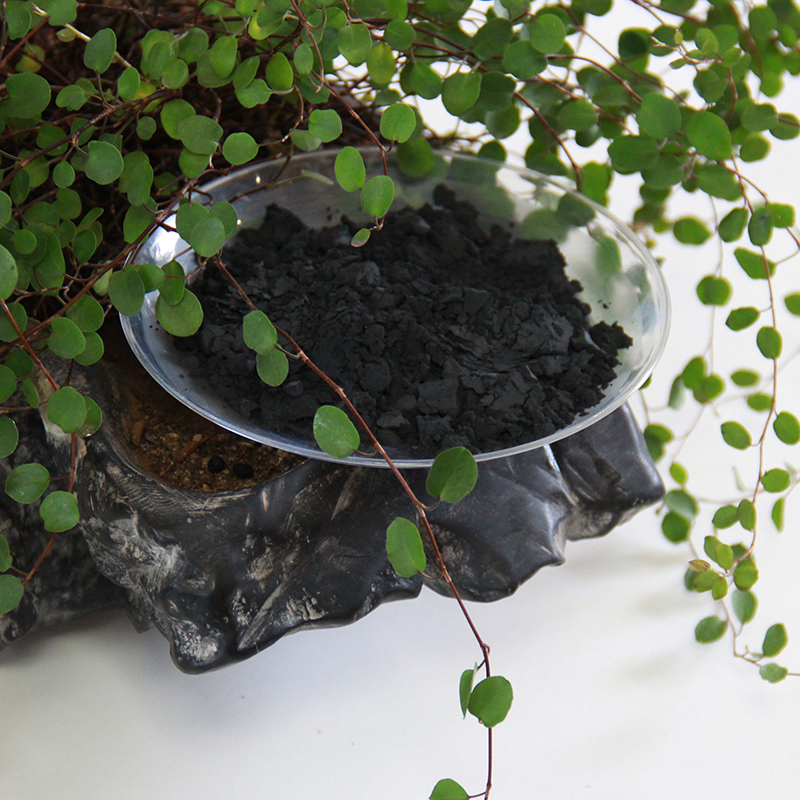
What are the characteristics of tile repair colorants
Sep 05,2022
Ceramic tile repair pigment manufacturers believe that ceramic coloring refers to the restoration of the part of the coloring, so that its color and ornamentation back to the artifacts before the damage to the "intact" state, so that the restoration of the broken and missing parts of the original artifacts with the same, so as to achieve the purpose of modification and dilution of the repair traces.

Tile repair pigment manufacturers believe that the protection and restoration of ancient ceramics have two purposes: one is to stabilize the state of cultural relics, slow down or eliminate the spread of cultural relics disease; the second is to restore the original appearance of cultural relics to facilitate the appreciation of cultural relics and the audience to understand the shape and other historical and cultural information."Color" operation belongs to the latter, its main purpose is to serve the display of artifacts. In principle, the coloring can only be limited to the missing part of the artifacts and fill in, and can not cover the body of the artifacts. The restoration effect should be consistent from a distance and different from a closer view. That is to say, the restoration effect to achieve an appropriate "moderate" degree.
Tile repair pigment manufacturers believe that the various steps of ancient ceramic restoration need good light in order to proceed smoothly, the restoration of the room should be located in the natural light of the room. Indoor air should be clean and tidy, the installation of ventilation equipment. Printing and cleaning operations often use volatile reagents, maintenance personnel should also wear masks, gloves and other protective equipment.
Tile repair color manufacturers believe that the coloring material mainly includes three main categories: binder (coloring medium), pigment (coloring agent), thinner (solvent). Pigment is used to blend into the same color as the vessel; binder is used to fix the pigment; thinner is used to adjust the thickness of the coloring paint to make the coloring more convenient.
Tile repair color manufacturers believe that the adhesive will not cause damage to the original ware; after curing, the adhesive can better simulate the texture of the ceramic surface; the adhesive coating has a good adhesion, not easy to fall off, but can be safely removed when needed, and can be well combined with the pigment, the combination of the pigment will not be discoloration; good anti-aging properties, not easy to change color and deterioration. In addition to natural mineral pigments, oil paints, acrylic paints and other artistic colors can also be used for color reduction.
Tile repair color manufacturers believe that the role of the thinner is to dissolve or disperse the film-forming substances of the paint into liquid form. Different coloring mediums should be matched with different thinners or solvents. For example, acrylic paint can be diluted with water, while acrylic paint should be adjusted with organic solvents such as banana water and tannat water to adjust the concentration of pigments. Tools such as oil painting brushes and Chinese painting brushes are usually used for coloring. The brushes must be sharp, not open and shedding hair. Clean the brush in time after coloring, otherwise it will affect the service life and effect of the brush.
Tile repair color manufacturers believe that before coloring, prepare tools and materials such as pigments, thinner, adhesives, brushes, brushes, white porcelain boards. Porous filler materials such as talc require surface closure before coloring. This is to strengthen the filled area and also acts as a primer. Sealing can be accomplished by pen application or spraying.
